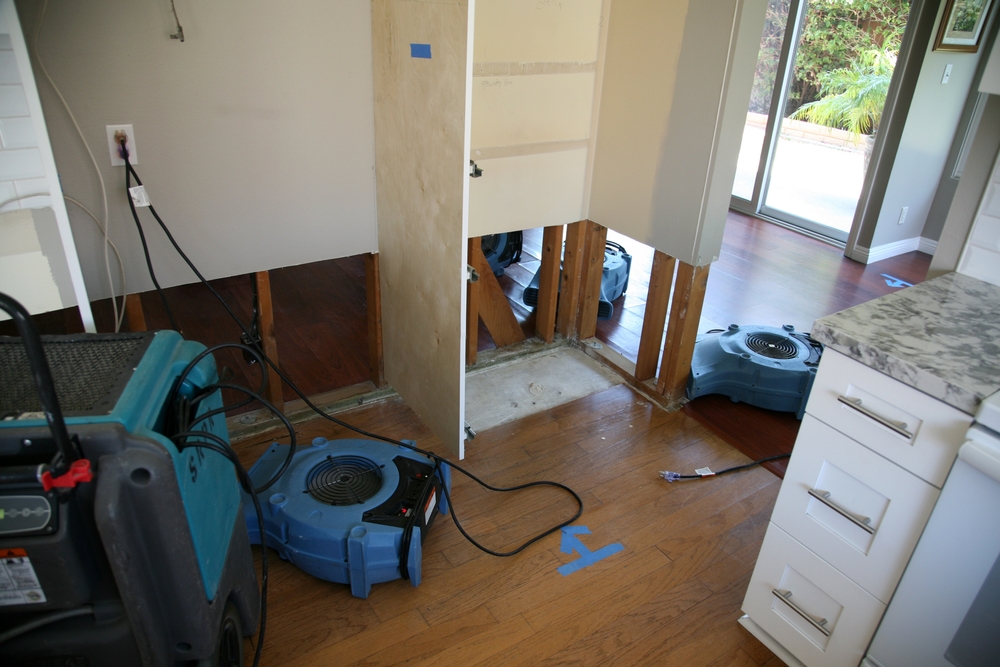What to Do Immediately After Water Damage in Your Clearwater Home

When disaster strikes, especially in the form of water damage, it can be overwhelming and disorienting. Whether caused by heavy rain, hurricanes, plumbing failures, or flooding, immediate action is essential to minimize long-term damage and reduce restoration costs. Clearwater, FL residents are no strangers to humid subtropical weather patterns, which means the threat of water damage looms large, especially during storm season. Understanding exactly what to do after flood in house situations is crucial for protecting your home, health, and finances. This guide walks you through the immediate steps you should take following water damage, offering essential water damage restoration tips for Florida homes.
Understanding the Severity of Water Damage
Water damage is not always visible at first glance. While soaked carpets or water dripping from the ceiling are clear indicators, underlying structural damage and mold growth may not be evident right away. That’s why early assessment is critical. In Clearwater, FL, many homes are constructed with materials like drywall and insulation that absorb moisture rapidly. Left untreated, water can compromise your home’s foundation, electrical systems, and even your health due to mold and bacteria.
Once water infiltrates your home, time becomes your enemy. Within the first 24-48 hours, mold can begin to develop, even in seemingly dry areas. Flooring may warp, paint can peel, and electronics may be permanently damaged. Understanding that water damage is both immediate and progressive is key to formulating an effective response. Taking swift action not only limits the physical destruction but also helps with insurance claims and the overall restoration process.
Initial Steps: Safety, Documentation, and Mitigation
The first and most important step is ensuring safety. If the water damage stems from a natural disaster or widespread flood, confirm that it’s safe to re-enter your property. If there’s standing water, be cautious of electrical hazards. Shut off power to affected areas if you can do so safely. Avoid wading through water unless you are sure it’s free of contaminants and there are no live electrical currents.
Once safety is established, begin documenting the damage. Take clear photos and videos of every affected area—from ceilings to flooring, and everything in between. This documentation will be indispensable when filing insurance claims, proving both the extent and cause of the damage.
Contact your insurance provider as soon as possible to report the water damage. Be prepared to share your visual documentation, a list of affected items, and a description of the incident. Most homeowner’s insurance policies in Clearwater cover emergency water damage cleanup and restoration under certain conditions, but every policy is different. Prompt communication with your insurer will streamline the claims process and help you secure reimbursement faster.
After notifying your insurer, you’ll need to begin the mitigation process. Remove standing water using pumps, vacuums, or buckets—depending on severity. Clearwater’s high humidity can exacerbate mold growth, so initiate drying immediately using fans, dehumidifiers, and open windows if weather permits. Remove waterlogged furniture, rugs, and personal items to allow the affected areas to dry faster and reduce contamination.
Hiring Professional Help for Emergency Water Damage Cleanup
While some minor leaks can be managed by homeowners, extensive water damage almost always requires professional intervention. Emergency water damage cleanup services in Clearwater, FL specialize in rapid response to prevent further deterioration of your home. These professionals have the expertise and tools to detect hidden moisture, sanitize affected areas, and restore structural integrity.
Professionals use industrial-grade dehumidifiers, air movers, and moisture meters to ensure every inch of your home is thoroughly dried. This is particularly important in Florida, where ambient humidity makes it difficult for surfaces to dry naturally. Additionally, they will inspect for mold and mildew, which can thrive in the wet conditions created by water damage.
Hiring a certified water damage restoration company also provides peace of mind. They follow strict industry standards and often offer guarantees on their work. Many are also experienced in working with insurance companies, which can expedite your claim and reduce your out-of-pocket expenses. Don’t delay in making this call—most Clearwater-based services are available 24/7 to respond to emergencies.
Special Considerations for Clearwater, FL Homeowners
Living in Clearwater means adapting your home maintenance to Florida’s unique environmental challenges. High humidity, frequent thunderstorms, and proximity to the coast all increase your vulnerability to water damage. That’s why water damage restoration tips for Florida homes must include both reactive and preventive measures.
One key consideration is installing a sump pump or backflow valve if your home has a basement or sits in a flood-prone area. These devices can significantly reduce the risk of water accumulation during storms. Additionally, routinely inspecting your roof, gutters, and downspouts can help prevent leaks and water intrusion during heavy rainfall.
Another Clearwater-specific tip is to review your homeowner’s insurance policy for flood coverage. Standard insurance policies typically do not include flood damage, which is a serious oversight given Clearwater’s exposure to tropical weather systems. Consider purchasing separate flood insurance through the National Flood Insurance Program (NFIP) or private insurers.
Preventive landscaping can also play a role. Ensure that your yard slopes away from your house to avoid water pooling around the foundation. Use materials like gravel or native plants that facilitate drainage. Florida’s natural ecosystem offers many plant species that can withstand excessive moisture while helping divert water flow.
Moving Forward: Restoration, Mold Prevention, and Future Readiness
Once the initial water removal and drying are complete, the focus shifts to restoration. Depending on the extent of the damage, this could involve replacing drywall, flooring, cabinetry, or insulation. In severe cases, structural repairs may be needed. Work with licensed contractors who understand the specific requirements of building in Clearwater, FL—including those related to hurricanes and flooding.
Preventing mold is another critical step. Mold spores can begin to grow within 24-48 hours, particularly in a moist and humid environment like Florida’s. Even after drying is complete, treat the affected areas with antimicrobial agents to prevent mold colonization. Continue to monitor for musty odors, visible mold, or unusual health symptoms such as coughing or skin irritation. If you suspect mold, bring in a remediation expert for testing and treatment.
Finally, use this experience as a wake-up call to prepare your home for the future. Develop a water emergency plan that includes key contacts, insurance details, and steps to take if water damage occurs again. Keep an emergency kit with items like flashlights, batteries, waterproof bags for documents, and basic tools. Regular maintenance of plumbing, roofing, and HVAC systems can also reduce the risk of future water issues.
Conclusion
Stay informed about local weather conditions, especially during hurricane season. Sign up for alerts from the National Weather Service or local government agencies. The earlier you know about a potential storm or flood event, the more time you’ll have to secure your home and possessions.
Clearwater homeowners must take water damage seriously, but with the right knowledge and response, recovery is entirely possible. Whether you’re dealing with a leaky roof or a full-scale flood, the key lies in swift action, professional support, and a proactive mindset. Understanding what to do after flood in house emergencies ensures not only a faster recovery but also a safer, more resilient home.
